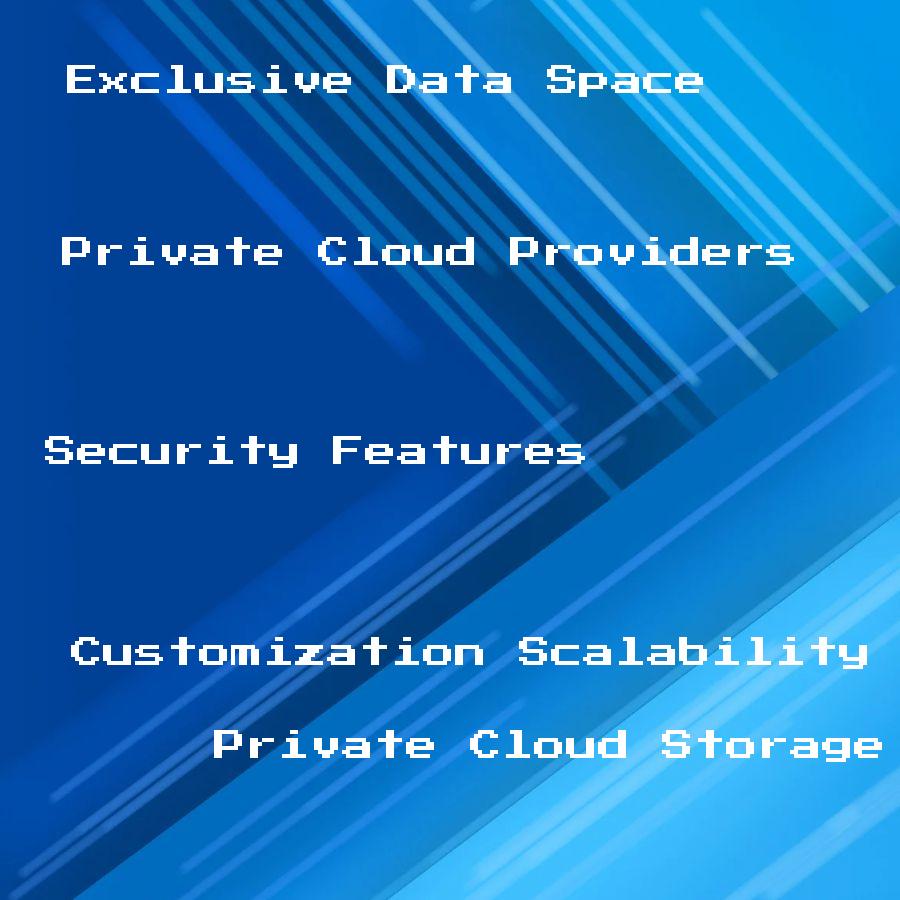Discover the 5-4-3 rule in cloud computing and unlock its potential to optimize your network performance and efficiency.
Welcome to my blog on cloud computing! Today, we’re going to talk about the “5-4-3 rule” and how it can help you optimize your cloud infrastructure. As more and more businesses shift their operations to the cloud, it’s important to understand how to make the most of this powerful technology.
The 5-4-3 rule is a simple yet effective guideline for designing reliable and efficient network topologies in a cloud environment. So, whether you’re new to the world of cloud computing or looking for ways to improve your existing setup, read on!
5-4-3 Rule Overview

The 5-4-3 rule is a simple guideline for designing network topologies in a cloud environment. It specifies the maximum number of network hops between any two devices on the same segment, ensuring that data packets are transmitted efficiently and reliably.
The rule states that in any given segment, there should be no more than five segments connected to each other through four repeaters or hubs, with only three of those segments being populated with end-user devices.
This means that if you have more than five segments connected together or use too many repeaters/hubs between them, your network performance will suffer due to increased latency and packet loss. By following this rule when designing your cloud infrastructure’s topology, you can ensure optimal performance while minimizing downtime caused by congestion or other issues.
The 5-4-3 rule may seem like a small detail but it can make all the difference when it comes to optimizing your cloud computing setup.
Network Hierarchy Layers
In a cloud environment, this means dividing your network into three distinct layers: access layer, distribution layer, and core layer. The access layer connects end-user devices to the rest of the network and handles local traffic within a single subnet or VLAN.
The distribution layer aggregates traffic from multiple access switches and routes it between different subnets or VLANs. The core layer provides high-speed connectivity between all parts of your network.
By following this hierarchical structure in your cloud infrastructure design, you can improve performance by reducing latency and congestion at each level while also increasing scalability for future growth needs.
Cloud Computing Impact
The impact of cloud computing on modern business cannot be overstated. It has enabled companies to reduce their IT costs significantly while improving their operational efficiency.
One of the most significant impacts of cloud computing is its ability to provide access to powerful resources that were previously only available to large enterprises with deep pockets. With cloud services, small and medium-sized businesses can now leverage enterprise-grade technology without having to invest heavily in hardware or software.
Moreover, by moving data storage and processing off-site into secure data centers managed by third-party providers, organizations are able to free up valuable office space while reducing energy consumption and carbon footprint.
Latency Reduction Strategies
The 5-4-3 rule provides guidelines for reducing latency by limiting the number of devices and hops between endpoints. However, there are additional strategies you can implement to further reduce latency and improve your network’s overall performance.
One effective strategy is to use content delivery networks (CDNs) that cache frequently accessed data closer to end-users, reducing the distance data must travel and improving response times. Another approach is to use edge computing, which involves processing data at or near the source rather than sending it back-and-forth across long distances.
Optimizing your application code for faster execution speeds can also help reduce latency. This includes minimizing database queries and using efficient algorithms when possible.
Optimizing Network Performance
By following this guideline, you can ensure that your network topology is designed to minimize latency and maximize efficiency. One of the key ways to optimize network performance is by reducing the number of hops between devices on your network.
This means minimizing the number of switches or routers that data must pass through before reaching its destination.
Another important factor in optimizing network performance is choosing the right type of connection for each device on your network. For example, some devices may require high-speed connections with low latency, while others may be able to function well with slower connections.
Optimizing your cloud infrastructure for maximum performance requires careful planning and attention to detail at every level – from hardware selection and configuration to software optimization and monitoring tools. With these strategies in mind, you can build a reliable and efficient cloud environment that meets the needs of both users and applications alike!




